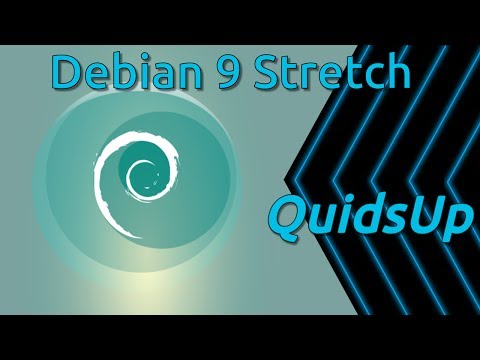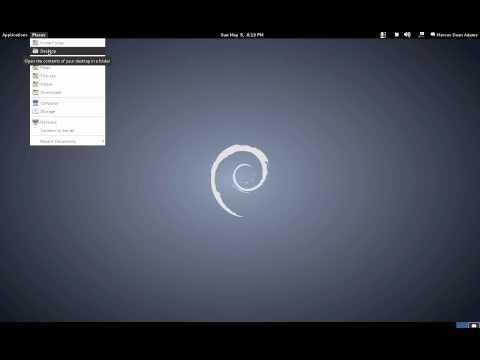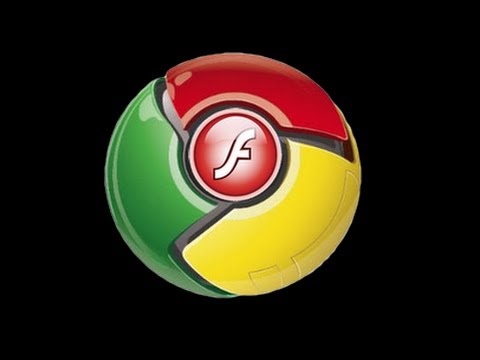What is PepperFlash and How Do I Get Started?
Flash has long been a popular tool for many website designers as it allows them to create sites with a dynamic edge.
Using flash player is good for including animations and music on your site, bringing the site to life. It’s also essential for many online games nowadays.
Even if you’re not designing any websites, you’re sure to have encountered a need for a flash player before, possibly when trying to play videos on a website you liked.
Enhance your coding experience with this split keyboard that offers up to 9″ of separation.
Traditionally, the market has been dominated by Adobe Flash Player, with it being the go-to choice for most people who wanted to use flash on their sites.
However, it is not the only option.
Pepper Flash Player is a Google product, which users can only use with Chromium, and Google Chrome.
Despite this limitation, it is a popular alternative to Adobe.
In this article, we’ll see how to install it and also how to disable it if you don’t want to use Pepper Flash on your computer.
How to Install Pepper Flash
When you download Pepper Flash, it comes in a separate Debian package. Users are able to choose between Pepper Flash and Adobe Flash player, simply by installing the relevant package.
In this article, we’ll cover how to install Pepper Flash on three different Debian operating systems.
To install Pepper Flash on your computer, follow the steps below for whichever OS you have on your computer.
Debian 9 “Stretch”
- For Stretch, you can find Pepper Flash Player in the contrib section.
- In order to enable stretch contrib packages to work on your system, navigate to /etc/apt/sources.list
- Add this line: deb http://http.debian.net/debian stretch main contrib
- Next, after you have added the repository to your list of sources, you need to update the local index. Do this by typing apt-get update.
Debian 8 “Jessie”
- In Debian 8, you can find Pepper Flash Player in the contrib section, which is located in jessie-backports.
- First, enable the jessie-backports package on your system. Do this by going to your sources list or backports list. This will be one of /etc/apt/sources.list or /etc/apt/sources.list.d/backports.list.
- When you reach the sources list or backports list, you need to add this line: deb http://http.debian.net/debian jessie-backports main contrib
- Finally, after you add the repository to your sources list, you must update the local index. DO this by typing apt-get update.
Debian 7 “Wheezy”
If you are running the Debian 7 operating system, also known as “Wheezy”, then you have two different methods for installing Pepper Flash.
Follow the instructions below for either 32 bits or 64 bits, depending on what OS you have.
32 bits / i386
- Firstly, you must remove any other flash plugin currently on the system. Type this: apt-get remove flashplugin-nonfree
- Next, you need to add the backports to your existing sources list. Do this by typing: deb http://http.debian.net/debian wheezy-backports main contrib
- Once the backports have been added to the sources list, you can install Pepper Flash Player. Type: apt-get update && apt-get install pepperflashplugin-nonfree
- Create a Pepper Flash Player directory, and then a symlink. Do this by typing the following two lines:
mkdir -p /opt/google/chrome/PepperFlashln -s /usr/lib/pepflashplugin-installer/libpepflashplayer.so /opt/google/chrome/PepperFlash
- Install the packages to compile the freshplayerplugin.apt-get install cmake pkg-config ragel libasound2-dev libssl-dev libglib2.0-dev libconfig-dev libpango1.0-dev libgl1-mesa-dev libevent-dev libgtk+2.0-dev libgles2-mesa-dev libxrandr-dev g++ git libpulse-dev
- Download the source code and compile it, so that you can obtain the file:libfreshwrapper-pepperflash.so. Do that by writing the following code:
cd /tmp
git clone https://github.com/i-rinat/freshplayerplugin
cd freshplayerplugin
cmake -DCMAKE_INSTALL_PREFIX=/path
make
- Create a plugins directory for Iceweasel (compatible with FireFox)
mkdir ~/.mozilla/plugins
- Launch the library
cp libfreshwrapper-pepperflash.so ~/.mozilla/plugins
- Close Iceweasel, and then reopen it. Now you will have Pepper Flash Player.
64 bits / amd64
- If you haven’t already done it, the first step is to add the backports to your sources list. Take care to check that the “contrib” section is included.
- Using Terminal as the Root, run the command below to install Pepper Flash Player from the Wheezy Backports:
aptitude -t wheezy-backports install pepperflashplugin-nonfree
- While still using Terminal as the Root, run the command below to update Pepper Flash Player on your operating system:
update-pepperflashplugin-nonfree –install
- Close all of the browser windows.
- Reopen your browser. Pepper Flash Player should be working now.
After it is successfully installed, you have a couple of optional steps:
- With ‘Terminal’ as the Root, run the command below to check what version of Pepper Flash has been installed:
update-pepperflashplugin-nonfree –status
- If you want to use Pepper Flash with Iceweasel, you will have to install another package, known as freshplayer.
What if Pepper Flash Player isn’t working?
If you are having some problems running Pepper Flash, there are a few ways you can remedy the situation.
Firstly, close all Chrome or Chromium browser windows. Once they are all closed, Flash has an opportunity to reset. Reopen a browser window to test it.
If that doesn’t fix the problem, try rebooting the computer. This can work as there are instances where Chrome or Chromium windows remain frozen in memory. A hard reboot can be all that is needed to solve the problem.
If that fails too, you will need to do a little more work.
Start by deactivating all Chromium and Chrome plugins, plus any extensions. This is just a temporary measure. You can reactivate everything later.
Once you have deactivated them all, test flash in a new browser window.
Lastly, remember that Pepper Flash only works in Chromium or Chrome. If you want to use it with FireFox or Iceweasel, you’ll need to install the freshplayer package.
How to disable the Pepper Flash Player
Pepper Flash is built into the Google Chrome browser, and therefore it is the default flash player.
However, just because that is the case, it doesn’t mean you are stuck with Pepper Flash if you don’t want to use it.
There are a few issues with this player, including some audio distortion, which causes a choppy audio or robotic sounds. Also, synchronization problems can frustrate as the audio and video don’t match up.
If you are adding a lot of video content on your site, you want it to be of high-quality. Having choppy audio and poor sync issues are sure to lead to some complaints.
On one hand, users can opt for another browser.
But, if you do prefer to use Chrome, then it’s good to know how to disable Pepper Flash.
Follow the steps below to disable Pepper Flash in Google Chrome:
- Open up the Chrome Plugins page. Do this by typing the following URL into the browser address bar: chrome://plugins
- Navigate to the “[+] Details” button, located in the top-right of the window. This will display the details of all your installed plugins. Click the button.
- Look for the Flash Plugin Section in the list. There may be several files in this plugin section.
- When you find the Flash section, there should be two, or possibly three different versions of Flash listed. If there is only one listed, visit the Adobe website to download the latest Adobe Flash Plugin, which is for non-Internet Explorer browsers.
- The first plugin that is listed in the Flash section will be the Pepper Flash implementation. You can identify it by finding “PepperFlash” in the Location string code.
- Locate the “Disable” link for this plugin. Click the link to disable Pepper Flash Player.
- Next, close all Chrome browser windows.
- Re-open Google Chrome.
PepperFlash May Come to Mozilla Firefox
While Adobe Flash Player is still the undisputed king, there has been talks about PepperFlash being rolled out to Mozilla Firefox.
As technology advances, NPAPI plugins are fading into the past, meaning browsers will just come with software like Pepper Flash already built-in.
Google Chrome already has it. If Mozilla follows suit, this may spell major change, possibly influencing other browsers.
For now, however, Adobe rules the roost. But if Google figures out the issues with Pepper Flash Player, such as the choppy audio problems, then the search engine giant could muscle their way to the top of the flash player market in the near future.
Featured Image: CC via Adobe Forum
Invest in some screen real estate with a new big screen, backlit monitor availabe in five different sizes and price points.






